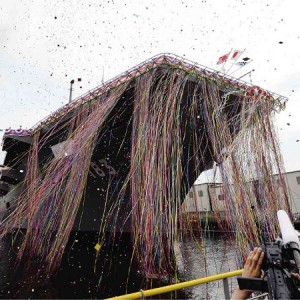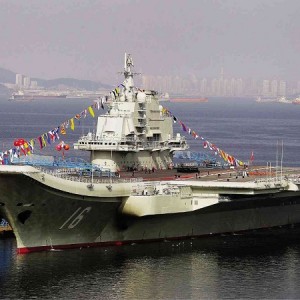Talks up on wider US military role in PH
MANILA, Philippines—Government officials say they will soon begin negotiations with the United States on a larger American military presence to help deter what they say is increasing Chinese aggression in Philippine-claimed waters in the West Philippine Sea (South China Sea).
In a letter to Philippine congressional leaders, the secretaries of national defense and foreign affairs said that allowing American troops to have an “increased rotational presence” will help the country attain a “minimum credible defense” to guard its territory while it struggles to modernize its own military, one of Asia’s weakest.
A larger American presence would also mean more resources and training for responding to disasters in a nation often battered by typhoons and earthquakes, Defense Secretary Voltaire Gazmin and Foreign Secretary Albert del Rosario said in their letter, a copy of which was obtained by The Associated Press on Thursday.
“The Philippines will shortly enter into consultations and negotiations with the United States on a possible framework agreement that would implement our agreed policy of increased rotational presence,” Gazmin and Del Rosario said.
US officials were not immediately available for comment.
Article continues after this advertisementSensitive issue
Article continues after this advertisementThe presence of foreign troops is a sensitive issue in the Philippines, a former American colony. The Philippine Senate voted in 1991 to close down major American bases at Subic and Clark.
The Constitution forbids foreign troops from being permanently based in the country, but the Senate ratified a 1999 pact with the United States that allows temporary visits by American forces.
Gazmin and Del Rosario assured lawmakers that any new accord with Washington “will be consistent with our Constitution.”
Several of China’s neighbors have been alarmed by Beijing’s recent assertiveness in claiming large areas of the South China Sea.
Manila’s desire to bolster its external defense and security has dovetailed with Washington’s intention to pivot away from years of heavy military engagement in the Middle East to Asia, where it has been fostering closer economic and military alliances with countries such as the Philippines, partly as a counterweight to China’s rising clout.
The realignment of American forces in the Asia-Pacific also involves the deployment of up to 2,500 US Marines in northern Australia and the stationing of US combat vessels in Singapore.
Gazmin had said additional American troops would only be allowed to have access to the country’s existing military bases under terms the Philippines would negotiate with the US government. The two sides would have to negotiate the length of any agreement allowing more US troops, planes, ships and other equipment.
Under the current Visiting Forces Agreement, hundreds of American counterterrorism troops have been allowed to stay in the volatile Mindanao region since 2002 to train Filipino soldiers battling al-Qaida-linked Abu Sayyaf militants and a handful of foreign terrorist suspects from Indonesia and Malaysia.
For comprehensive coverage, in-depth analysis, visit our special page for West Philippine Sea updates. Stay informed with articles, videos, and expert opinions.


